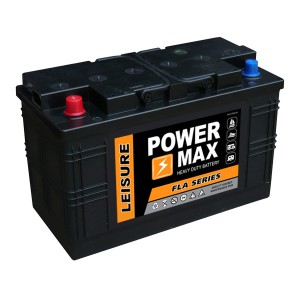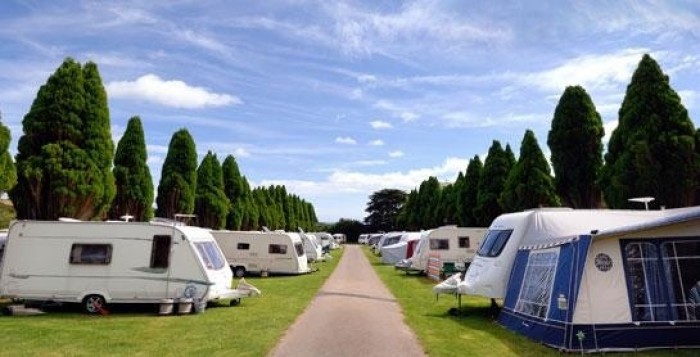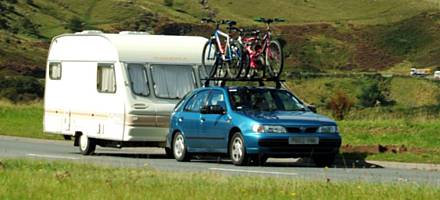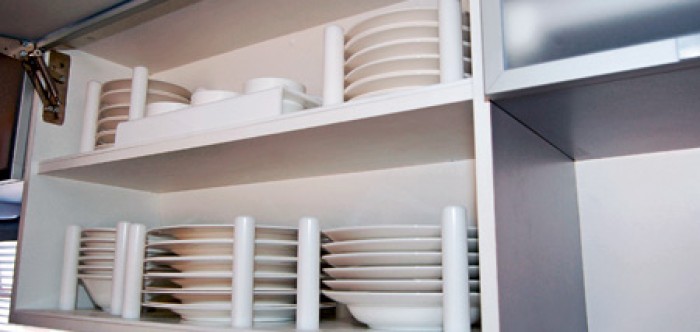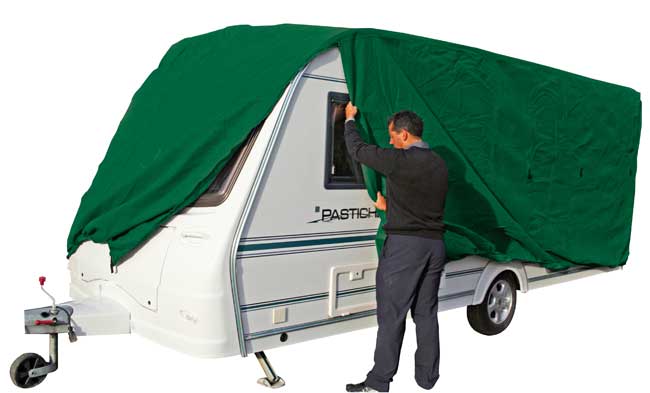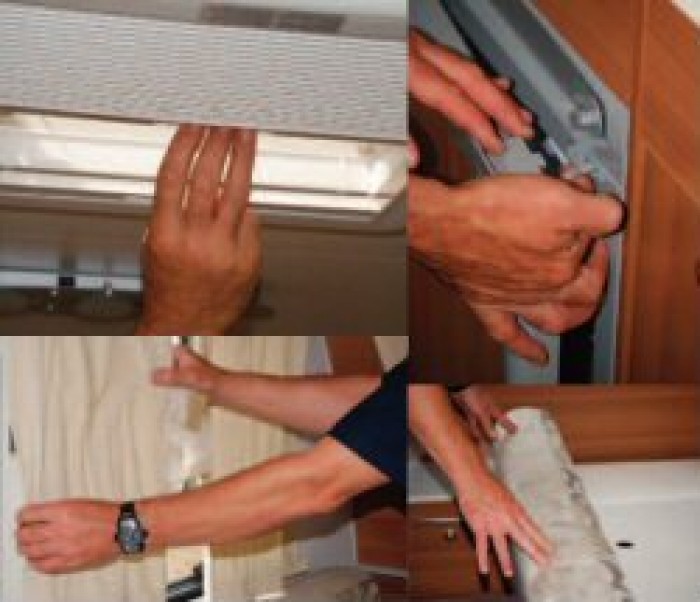Caring for your Leisure Battery and charging it.
Please note, that these are the opinions of the Curragh Caravans only, and you should seek professional guidance if unsure.
What types of batteries are there?
Flooded Batteries: These batteries have a liquid electrolyte (Lead acid). Standard types have removable caps so you are able to add deionized water. Flooded batteries are normally cheap and if kept topped up they are not too sensitive to high charging voltages. Sealed batteries have fixed valves to ensure gas can vent during use.
Gelled Electrolyte Batteries : The electrolyte is a type of jelly and therefore cant leak. The electrolyte can’t be diluted so that over charging has to be avoided and these batteries sometimes only last for 2 or 3 years in hot conditions although with good care they can last for 5 years.
Absorbed Glass Mat (AGM) Batteries: The electrolyte is held between the plates which is absorbed in a fine boron-silicate mat. Similar to gelled electrolyte batteries, these wont leak acid. They will hold out under more careless treatment and are not as sensitive to over charging since they are built to hold vented gases.
AGM batteries may also stand for 30 days in a completely discharged state and still recharge successfully after. The big drawback to AGM batteries is that they cost around 2 or 3 times as much as flooded ones.
Battery Care
Every year clean the battery tray, terminals, surrounding area and connectors, smear the connectors with petroleum jelly. Unless its sealed for life, take out the battery vent plugs or strips and look into each cell to check the level of liquid, this should cover the top of the plates.
If the plates are visible, top them up with distilled or deionized water ONLY.
A voltmeter is the easiest method to check the voltage across the battery terminals.
Sealed Battery Charging
Some style batteries, normally called “maintenance free” or “sealed for life”, have cells that do not have filler caps, and are not meant to be topped up with water. It is vital that such batteries are not allowed to gas up since this will lower the level of electrolytes in the cells, which cant be filled up.
Gassing starts when the voltage at the terminals of the battery increases above a level which can for most batteries be around 14.1 Volts. Under this voltage there is practically no gassing. It is then important to remember with such batteries that the voltage at the battery terminals is kept under this value.
These type of batteries are usually charged with an automatic or voltage controlled charger. Sealed batteries can normally be charged carefully using a normal battery charger but this can require use of a multimeter.
Maintenance-free batteries often seem to be completely sealed. However, like standard batteries, they do have opening slots or vents to allow gases to escape.
How to avoid over-charging your battery
Never leave the battery plugged in to a charger for more than the time needed. Although the caravan charger system is sufficient, the disadvantage is that it will never fully charge the battery to its full load. The charge is cut off early at 13.85 volts. Whatever type of battery you use, the in-built charger will give it a max charge to around 80% of the batteries original capacity. Over any length of time, this can cause sulphation with the plates using leisure batteries,because of under charging.
Over-charging can occur when the battery stays on charge after it has hit its full charge (14.40 volts). Over-charging can lead to excess heat that may cause the plates in the cells to warp and break into their active material.
The battery may also respond to the over-charge by producing too much hydrogen and oxygen as the water in the electrolyte starts to break down. The water that is missing due to over-charging can be refilled in a non-sealed battery. With a sealed battery, the water missing is permanent and will hugely shorten battery life.
Re-charge your battery after its been used and if the caravan is to be parked up for more than a month, make sure the battery is taken out and stored fully charged in a cool, dry place. Check every couple of months and re-charge if its needed to ensure a long battery life. A battery left under 12.3V will depreciate quickly and will not be re-chargeable to its original capacity. If your charging the battery when its removed from the caravan, make sure that the storage place is well ventilated, and do not smoke nearby it.
Self-Discharge
A battery will lose its charge slowly, even when no equipment is attached. Modern batteries lose 0.1 to 0.3% of their charge each day at room temperature, from new – hence a new bought battery might not be fully charged. As the batteries get older or temperature increases, so does the self-discharge rate of it.
Storage might affect the speed of discharge. A battery should never be stored directly on the floor and most especially not on concrete. The best method is a wooden pallet which wont conduct or allow any damp paths and will allow a good air circulation. During storage, most makers recommend a top-up charge every two months or so.
Charging a battery in the boot of a car
An old method and still commonly used was to move the leisure battery to the boot of the car to achieve a higher charge rate from the car alternator. The caravan battery or a spare battery can be re-charged at the same time with the car battery from the car’s alternator and the most effective place to locate the caravan battery is in the car boot. (The shorter cable run, and the with the use of larger cables, means a huge increase in charge rate over a battery located in the caravan).
The battery should also be connected in parallel with the car battery matching what is the positive terminals are connected together, same as the negative terminals.
Batteries should not be left hooked up unless they are charging or they will attempt to equalize each other and so cause each other to discharge. It is then essential to have some device which will of its own accord disconnect the caravan battery when the ignition is switched off in the car.
A split charge relay is the common method and it suits nearly all types of car alternators. The relay comes with the installation instructions including the recommended size of cable that should be used. Ideally the caravan battery should be fixed to the boot floor using a box or similar.
With the car ignition switched off, the relay separates the car battery from the caravan battery. When the ignition is switched on (depending on the type of relay connection used) the batteries then are re-connected together and will start to receive a charge. If your battery has a venting tube, check to make sure this is routed to the outside of the car.
